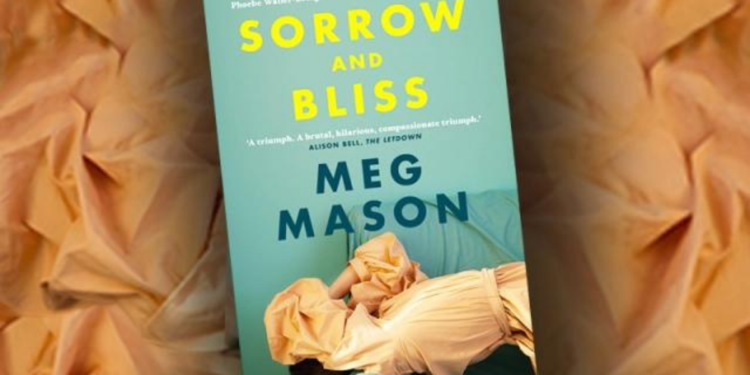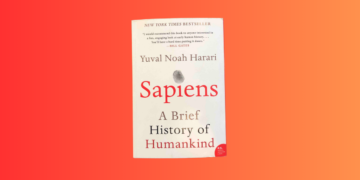Meg Mason’s “Sorrow and Bliss” delves into the intricate theme of mental health, examining the emotional distance it can create between individuals, as experienced by its protagonist, Martha. It is a fictional first-person narrative published on September 2, 2020. The core of the narrative revolves around Martha’s struggle to maintain relationships while contending with her mental health challenges. While the exploration of this theme is compelling, the execution falls short.
Writing:
A well-crafted story typically begins with a balance between action and detail. However, Martha’s narrative commences at a wedding with insufficient background details, making it challenging for readers to immerse themselves in the plot. For instance, we don’t know whose wedding it is. The abrupt transitions to different events in Martha’s life contribute to confusion and disrupt the establishment of a coherent flow.
Readers may find it challenging to adhere to the central timeline while navigating through the narrative, often bouncing back and forth between different periods. This disjointed structure hampers a clear direction, ultimately making the story feel dragging, even when it reaches its main crux.
Humour:
Despite its shortcomings, the story is not devoid of merit. Many readers appreciate the humour infused throughout the narrative. However, it’s crucial to acknowledge that not everyone may grasp the humour, and without contextual understanding, the story may come across as bland. Some instances of humour require a deeper understanding of the overall story, as exemplified by Martha’s reference to a GIF from her sister. The significance of this GIF in Martha and her husband Patrick’s relationship becomes apparent only after delving into the entirety of the narrative.
Narration:
The story is narrated by Martha. As mentioned, the timeline is disoriented. The purpose of a first-person narration is to put the reader in the head of the narrator. But the narration in Sorrow and Bliss cannot achieve that with every reader. Additionally, the narration does not allow the reader to take the information and grasp it. Every part of the story seems to put forth new information from Martha’s life, leaving no time to comprehend the information. Ultimately, the story feels like an info dump of Martha’s life. Over time, the reader is left to decipher the significance of a substantial amount of information.
Dialogue:
Due to the story’s narration, there is not much dialogue in many sections. However, wherever the dialogues appear, they are good and move the plot. They break Martha’s narration a bit to let the readers immerse in the moment. Dialogue in the story is the one part that is done well.
Theme:
Other than the dialogue, the story’s theme is also its best aspect. Its core theme is mental health and its impact on relationships around a person. Martha constantly struggles to explain to the people around her that something is wrong with her, but they keep denying it. However, despite trying to delve into this theme, the problem comes when most of, if not all of, Martha’s actions are considered to be caused by her mental health. That is Marhta, as the narrator uses her mental health as an excuse for her actions towards the people around her.
Conclusion:
Sorrow and Bliss is an excellent story thematically. However, it could have been done better. The disjointed timeline, the lacklustre narration and the hard-to-grasp humour do a disservice to the story. Mostly, the story has no buildup and feels draggy and slow. The slow pace, complimented by the messy narration, makes it harder to finish the story and feel the impact the core of the story wishes to make. However, it is crucial to acknowledge that some readers might enjoy the book’s shortcomings and if these are not a problem for you, then read Sorrow and Bliss. Otherwise, if the shortcomings hinder your reading experience, choose not to read it.









